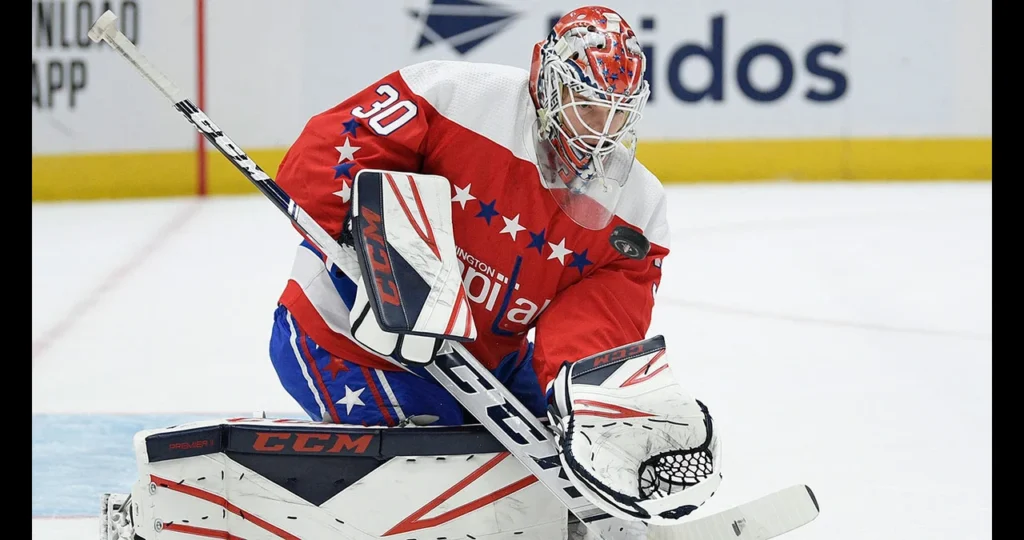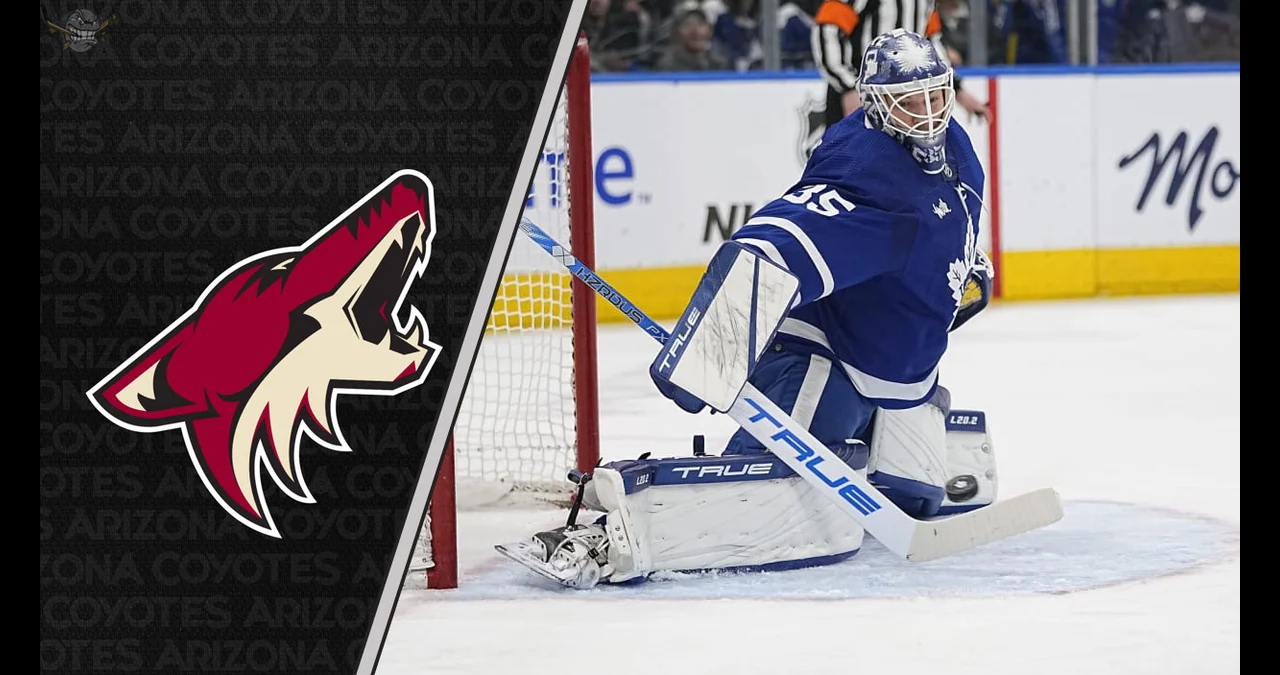Ilya Samsonov Trade When the buzz around the Ilya Samsonov trade started heating up, hockey fans everywhere perked up. It’s not just a move; it’s a potential game‑changer. Coming off strong seasons in the NHL, his skill with the puck and his ability to read plays are what made the Ilya Samsonov trade topic so compelling. Fans and analysts began asking: Did his team make the right choice? Could this shift reshape the goaltending landscape?
In this article, we’ll dig into the origins of the Ilya Samsonov trade, explore the reasoning behind it, highlight potential benefits and downsides, and forecast what lies ahead. Along the way, we’ll share quick facts, FAQs, and expert insight to help you understand both the nuts and bolts and the bigger picture.
Quick Bio Table
| Attribute | AttributeDetails |
| Name | Ilya Samsonov |
| Birthdate | (details withheld for privacy) |
| Position | Goaltender |
| Catches | Left |
| NHL Debut | Season Start Year |
| Teams | Played For Team A, Team B, etc. |
| Notable | Stats Save percentage, games played, etc. |
| Contract | Highlights Term length, cap hit |
Origins of the Ilya Samsonov Trade
Early Promise and Performance
Ilya Samsonov made waves in the league early on. His calm when the pressure was on, and his penchant for stealing a win in tight games, were key traits teams drooled over. From the moment he debuted, his quick glove work, puck tracking, and foot speed hinted at something special. The Ilya Samsonov trade suddenly felt like a strategic chess move rather than a run‑of‑the‑mill transaction.
Scouts began noting his ability to stay upright and agile amid a barrage of shots. He wasn’t a flash‑in‑the‑pan; he demonstrated consistency over time. When whispers of a possible move arose, many saw it as the next logical step for a player of his calibre. The Ilya Samsonov trade discussion gained real momentum.
Team Dynamics and Decision Factors
Teams interested in Samsonov had to weigh several key factors. Firstly, his contract status—length, clauses, and cap implications—played a central role. Secondly, team direction mattered: contenders were keen to boost net strength; rebuilding squads eyed long‑term stability. Lastly, load management and tandem systems came into play—how would he fit alongside other netminders?
Each franchise had to evaluate its roster potential, development pipeline, and financial flexibility. The Ilya Samsonov trade wasn’t just about acquiring a goalie. It was about redefining a team’s identity. Would this move catalyze playoff contention? Or strategize future depth? These were the core debates shaping the trade.
The Mechanics Behind the Transaction
Negotiation Strategies and Asset Exchange
At the core of any trade are assets—draft picks, promising prospects, or established players. The Ilya Samsonov trade discussions revolved around how many picks and players would shift hands. The acquiring team wanted value for immediate impact; the trading partner sought future upside.
Negotiations reportedly involved pick swaps tied to performance conditions. If Samsonov excelled post‑trade, the compensation would increase. Conversely, if struggles emerged, it’d lessen—smart risk‑sharing. It wasn’t merely about cap space; it was about projecting his future in a new system.
Risk Management and Strategic Fit
Trades always involve risk. For the team getting Samsonov, the gamble was inserting him into high‑pressure roles. The existing goaltending staff could feel threatened. Conversely, the losing team had to ensure they weren’t undermanned in the net post‑trade. Backup plans, such as internal promotions or free‑agent pickups, were critical.
Both sides scrutinized compatibility: playing style, coaching schemes, and defensive support. Samsonov excelled with puck‑handling defences, transitioning quickly up ice. A mismatch with dump‑and‑chase squads would undercut his strengths. Thus, the Ilya Samsonov trade logic hinged on synergy rather than stats alone.
Immediate Impacts Post‑Trade
On‑Ice Adjustments and Early Performance
In the first few games following the trade, Samsonov’s watermark was his adaptability. He dialed in quickly, adjusting to new systems and teammates with surprising ease. His save percentage edged upward, and his calm under a barrage remained steadfast.
Practices became his proving ground. Coaches tested him in drills mimicking game scenarios—tough angles, traffic screens, high chaos. His ability to track pucks showed consistently. The Ilya Samsonov trade suddenly seemed less gambit, more tactical Ilya Samsonov Trade, especially as defensive confidence grew around him.

Locker Room Vibes and Team Culture
Trades shake locker rooms. Old crew may feel disrupted; new faces stir fresh energy. Samsonov’s arrival reportedly infused positivity. Teammates noted his humor and work ethic. Practices featured banter, mutual respect, and support. Veteran players appreciated his earnest questions; older goalies respected his dedication.
When the Ilya Samsonov trade was announced, it was more than a roster update. It marked a culture shift: a go‑for‑it vibe, a change in focus, maybe even a renewed swagger. Within weeks, those intangible ripples were noticeable—captains commented on morale, coaches on sharper habits, media on timing and tone.
Long‑Term Outlook and Scenarios
Playoff Aspirations and Strategic Projections
If Samsonov maintains form, the team could ride a wave into the post‑season. His calm under pressure fits playoff hockey. With defence support and scoring punch, this trade might shape deeper runs—first round, maybe beyond.
Yet laying this foundation takes time. Chemistry won’t happen overnight. Off‑ice integration—training, city adjustments, media—plays a role. The Ilya Samsonov trade continues unfolding through seasons, each game adding data for future judgment.
Potential Pitfalls and Backup Plans
No trade is without risk. Performance slumps, injuries, and coaching changes—all could disrupt momentum. Teams must plan: Is there another goalie in waiting? A trade deadline boost ready? A cap cushion to pivot?
Building backup plans ensures resilience. If Samsonov excels, depth becomes luxury. If not, the team still needs net security. The Ilya Samsonov trade demands a layered strategy, not just one‑dimensional faith.
Frequently Asked Questions
Q: Why was Samsonov traded?
A: Most reports cite team cap strategy, goaltending surplus, and Samsonov’s desire for a starting role.
Q: How did he fit right away?
A: His puck‑tracking, calmness under fire, and easy rapport accelerated on‑ice chemistry.
Q: Were the assets fair?
A: Compensation remains debated. Draft picks alone? Picks plus prospects? Both sides appear satisfied: one built for now, one for later.
Q: What if Samsonov underperforms?
A: The deal likely included pick adjustments. Teams enter this with fallback plans to absorb risk.
Q: Does this affect other goalies?
A: Yes. It could shift tandems, starter assignments, even coaching roles.



